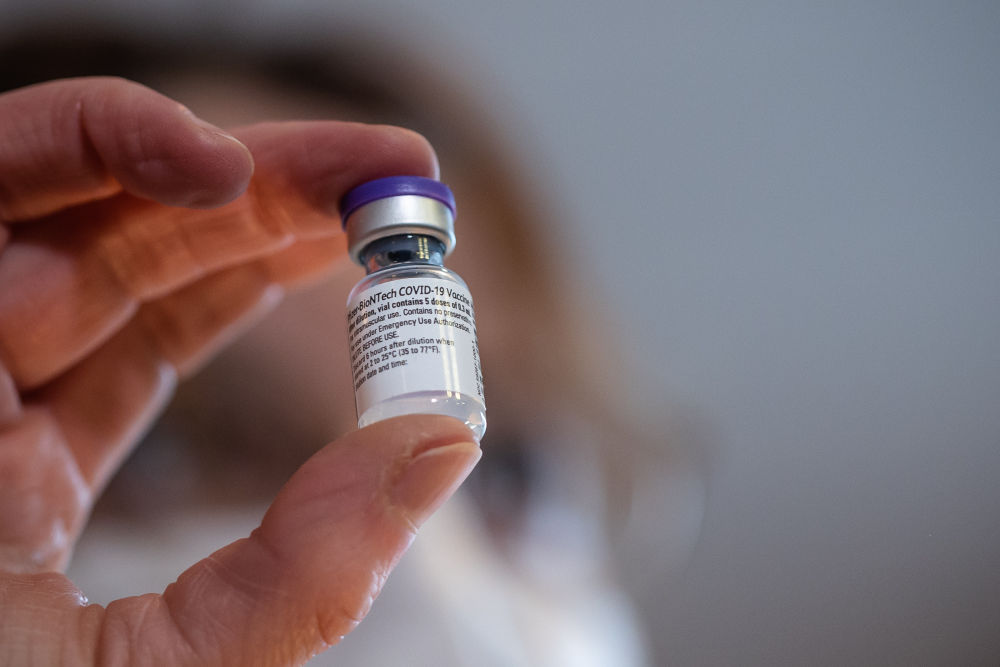Xinhua News Agency, Beijing, January 24th New Media Special Report: The Wall Street Journal website on January 21, the Wall Street Journal consulted data from Johns Hopkins University and states to confirm that the novel coronavirus has reached each of the 48 neighboring states and each county in Hawaii.
Alaska does not have a formal county, but the state’s coronavirus data table shows that all the municipalities and census areas in the state reported epidemic data have all cases. The full text is excerpted as follows:
A year ago, health authorities announced the discovery of the first confirmed COVID-19 case in the United States in Snohomish County, Washington, near Seattle.
Less than 11 months later, the virus entered a safe island set up by Hawaii for leprosy patients more than a century ago.
It appears to be the last county in the U.S. to have a coronavirus case, according to the Wall Street Journal’s review of state records and data collected by Johns Hopkins University.
Since the first case was reported in the United States, the novel coronavirus has spread all over the United States, infecting at least 24 million Americans and killing more than 400,000 people.
The virus has spread from large cities to sparsely populated agricultural counties and finally even to the most remote areas trying to control the virus’s invasion.
To identify what appears to be the last of the more than 3,000 counties to have COVID-19, The Wall Street Journal reviewed data from Johns Hopkins University and states to confirm that the coronavirus has reached each of the 48 neighboring states and Hawaii.
Alaska does not have a formal county, but the state’s coronavirus data table shows that all the municipalities and census areas in the state reported epidemic data have all cases.
During the year, before the surge in the winter, the areas swept by the epidemic expanded from populous counties to sparsely populated counties.
In November 2020, the novel coronavirus spread to Lavin County, Texas, with a population of 169. Lavin County is the second-most populous county in the United States, ranking only ahead of Calahuao County, Hawaii.
Then, by the following month, Caravao County became the last county to have a case.
About 70 people live and work in Caravao County, with little contact with the outside world. Even if they go to the surrounding areas, local residents have to fly or take paths to climb towering cliffs.
The settlement relies on the annual barge docking for important supplies.
Despite the county’s isolation, state health authorities took steps to close settlements after seeing a surge in COVID-19 cases in homegrown care homes earlier last year. Authorities suspended visits to the county to protect the five existing leprosy patients in the settlement.
The average age of these five patients is 86 years old.
“Some people have serious underlying conditions, which puts them at a very high risk of serious complications or death from contracting the coronavirus,” said Glenn Wasserman, head of infectious disease and public health care at the Hawaii Department of Health.
However, authorities announced the first official case of the safe isolated island on December 30, 2020, after a resident apparently infected with the novel coronavirus outside the settlement landed at a local airport, according to the Hawaii State Health Service.
The returning resident had no symptoms and was tested for COVID-19 in Honolulu, but only received a positive test when he returned to Kalaupapa.
Fortunately, the virus did not spread, because this person and three close contacts on the same flight were quarantined after landing.



